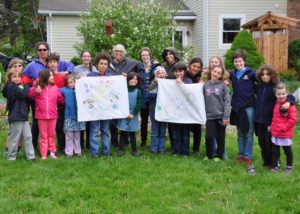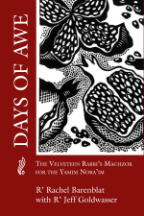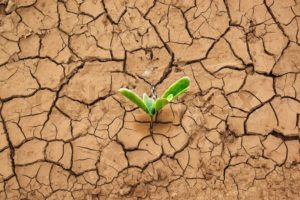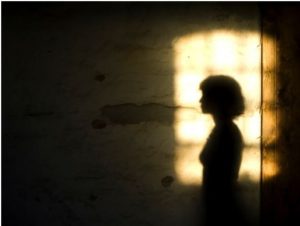 Shabbat shalom.
Shabbat shalom.
While I was working on my maftir [concluding section of the weekly Torah portion], Deuteronomy 11:22-25, there were several points where I noticed some differences in translations of the text. These differences could be as seemingly minor as “Red” or “Reed” Sea, or as major as “Sea of the Philistines” or “Western Sea,” or even which Wilderness. Differences in translations and/or text arise because of language, misunderstanding, human error, knowledge etc. My aliyah [segment of the Torah portion], however, concerns the Promised Land. So, as you can see, knowing which sea or wilderness the text is referring to marks a boundary and is significant. Despite how minor many of these changes may seem, they still can make incredible differences in what we are to take away from that section. Looking around [i][ii] to see if this was simply an anomaly, I noticed that there were other points in the Torah where this kind of change occurred. After thinking about why this might happen, I decided that there could only be one major possibility for a change as this: there is no definite word or phrase of text that must be placed there, so people simply wrote in what they assumed to be what was meant to be there. While this often works, the example with the Red and Reed Sea shows that often times there is little to no communication or standardization between people attempting to translate the Torah.
Differences in translation may also be due to differences in agendas and purposes. Few of us read or speak the Hebrew of the Torah, so we depend on translators. Some translators wish their translations to reflect, to the degree possible, exactly what was written. Others, recognizing that a world of 5,000 or 6,000 years ago is very foreign to modern readers, try to make the text accessible to the reader, making changes to make the events and discussion straightforward. We can see similar, if less important, differences in translations of the Bard’s Hamlet, in which there are at least 3 different versions, despite the fact that only 1 is used[iii]. Equally important, there may be differences in the translator’s view of the Torah and Judaism that influence the translation. Is a given event a recitation of a real event, or is it to be interpreted and put in some context? All of these result in differences of words and of meaning. [Read more…] about D’var on Eikev by bar mitzvah Aaron Belman-Wells

 On Sunday, September 25 the Interfaith Council for Peace & Justice (ICPJ) is hosting the 42nd Annual Washtenaw/Ann Arbor CROP Hunger. ICPJ has organized this 5k charitable walk since 1974, raising a total of $3.2 million over the decades. Last year Washtenaw County walkers raised $48,500, with about 300 walkers participating.
On Sunday, September 25 the Interfaith Council for Peace & Justice (ICPJ) is hosting the 42nd Annual Washtenaw/Ann Arbor CROP Hunger. ICPJ has organized this 5k charitable walk since 1974, raising a total of $3.2 million over the decades. Last year Washtenaw County walkers raised $48,500, with about 300 walkers participating.





 Though we in AARC think of Andy as Eli’s dad and Stephanie’s partner, he is also known as Professor Kirshner, who is jointly appointed by the UM School of Music, Theater, and Design’s innovative Performing Arts Technology Department and by the Stamps School of Art and Design. He is an award-winning composer, theater artist, and filmmaker whose work has been commissioned by the National Endowment for the Arts, Artserve Michigan, Meet the Composer, and many others. More information about him can be found at
Though we in AARC think of Andy as Eli’s dad and Stephanie’s partner, he is also known as Professor Kirshner, who is jointly appointed by the UM School of Music, Theater, and Design’s innovative Performing Arts Technology Department and by the Stamps School of Art and Design. He is an award-winning composer, theater artist, and filmmaker whose work has been commissioned by the National Endowment for the Arts, Artserve Michigan, Meet the Composer, and many others. More information about him can be found at  hrei which includes both Rosh Hashannah and the harvest festival of Sukkot, 40 days after Tisha B’Av, can be understood as the moment when we are gathering together new growth, nourishment, and possibility.
hrei which includes both Rosh Hashannah and the harvest festival of Sukkot, 40 days after Tisha B’Av, can be understood as the moment when we are gathering together new growth, nourishment, and possibility.

